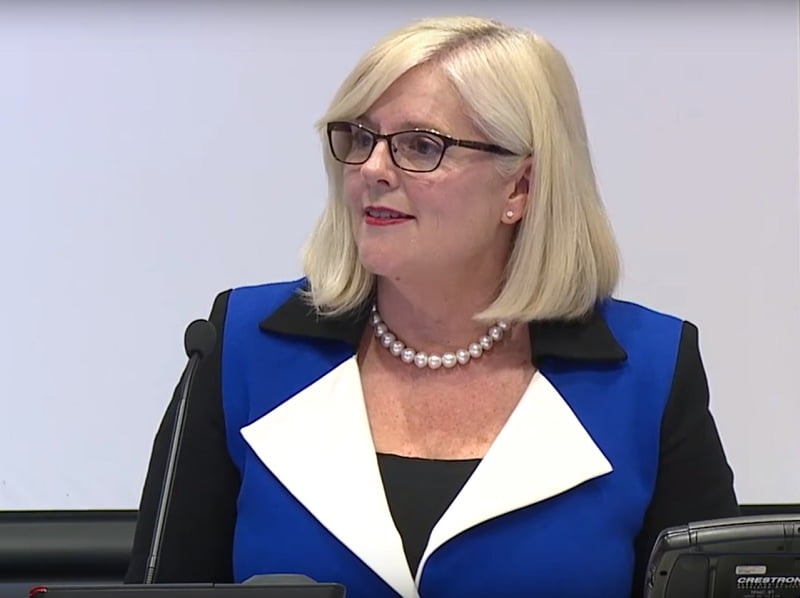Industry Minister Karen Andrews says Labor’s “half-baked” plan to offer a tax off-set premium for companies that collaborate with universities and science agencies would only benefit big business, and lead to cuts from programs targeted at Australia’s small and medium-sized enterprises.
In a wide-ranging pre-election interview with InnovationAus.com, Ms Andrews lauded the impact of the National Innovation and Science Agenda as a game-changer “that really kick-started the whole sector”, and outlined the Coalition’s policy focus on space and advanced manufacturing as the next wave of policy.
But Minister Andrews accused Labor of dishonesty and hypocrisy over its plans for a collaboration premium within the R&D Tax Incentive scheme.

She said the Coalition had considered a similar “collaboration exercise”, but ultimately rejected the model because the only beneficiaries would be large companies doing business as usual research.
Labor has pledged to offer companies – both local and multinational – a 10 per cent premium on top of the R&D tax offset for R&D activities conducted in collaboration with public research institutions like unis and the CSIRO.
“It is interesting and a touch hypocritical that at this stage Labor is coming out with a policy that is going to prioritise big businesses and their opportunities for research,” Ms Andrews said.
“We want to make sure that big businesses are not accessing money from government for business as usual [research],” she said.
“Many of these big businesses already work quite closely with research organisations, and it seems from this half-baked policy that they will be getting a second government windfall in working with [these research agencies].”
Ms Andrews warned that Labor’s plan was not “new money” and that the scheme would be funded through cuts to existing industry programs.
She is concerned that Labor would cut some Coalition programs targeted at small and medium sized businesses, because we know that they are the ones that employ the most people, and the ones that really need the most [support].
Ms Andrews defended the government’s record in tech and innovation. While government ministers did not talk about startups and innovation as much after the close-run 2016 election, she said this was part of a strategy to broaden the focus across a wider set of industries outside of startups.
She said the $1.1 billion NISA program, which had been made up of 24 initiatives broadly split between innovation and science had been the catalyst “that really kick-started the whole sector.”
“NISA was excellent policy, and it has moved us significantly forward in the innovation race across the world. And I am very keen post-election to continue working with startups and innovators in making innovation a part of every government decision.”
Ms Andrews cited the work done by the Coalition on tax offsets on early stage capital, the employee share scheme changes, the incubator support program, crowd-sourced equity funding changes and the offshore Landing Pads program as examples of successful policy programs.
“All of this has been important work. But in any large program there needs to be a period of consolidation, of reassessment, to see what’s working and where we have to build expertise.”
This reassessment had manifested itself in a new policy focus from government on opportunities in the space sector, and in advanced manufacturing.
“Clearly there has been a lot of work done by this government in relation to the space sector,” Ms Andrews said. “There is a significant opportunity for us to develop what will be a key industry for [Australia] in the future.”
The space sector in Australia is presently worth $3.9 billion and employs about 10,000 people. The Coalition has set a target of growing the sector to $12 billion and employing an additional 20,000 by 2030.
In advanced manufacturing, Ms Andrews said the government had “effectively locked in” $165 million in funding for new programs, including a $50 million government contribution and $110 million contribution from industry.
“The Coalition recognises that manufacturing is a key employer. Currently about 7 per cent of the Australian workforce is employed in manufacturing, and there are opportunities to maximise growth into the future,” Ms Andrews said.
Do you know more? Contact James Riley via Email.

